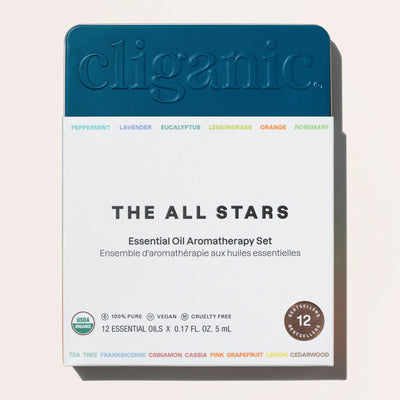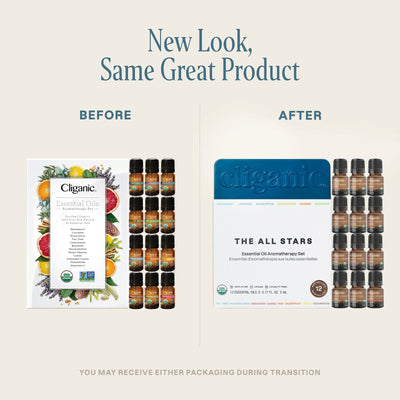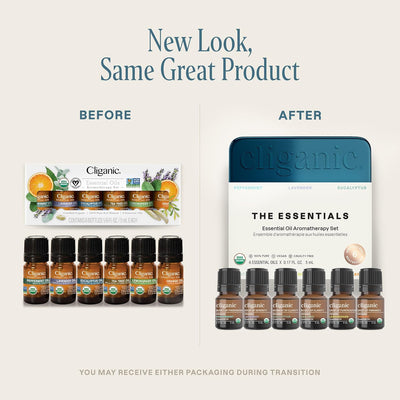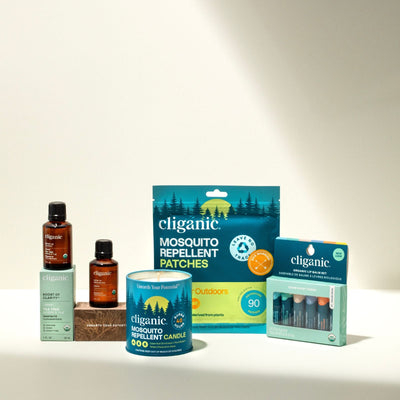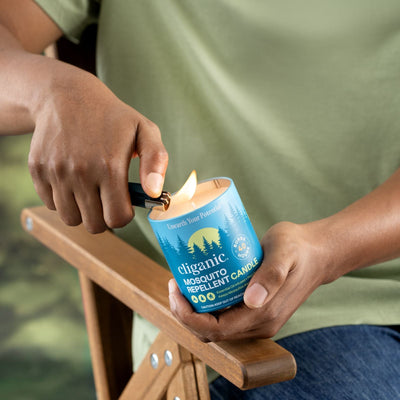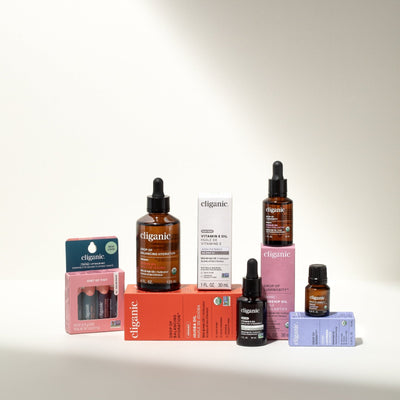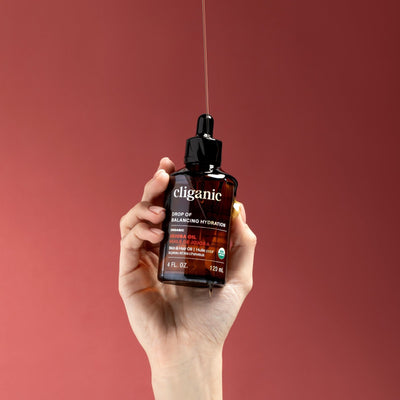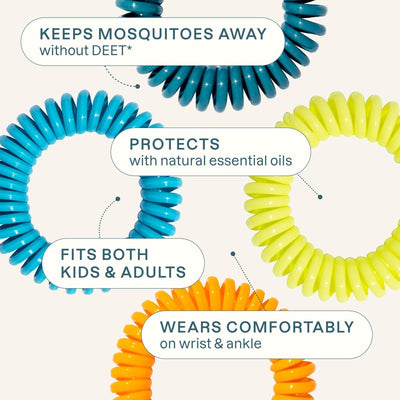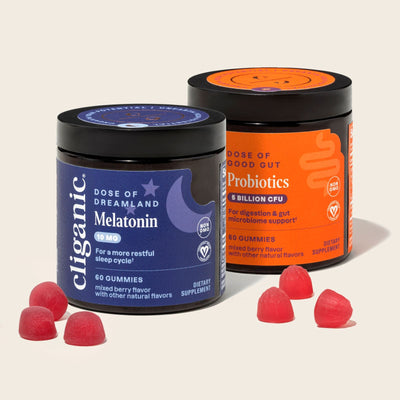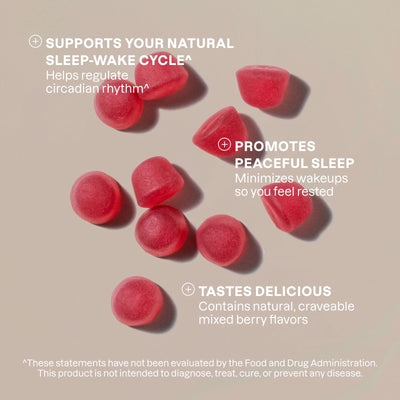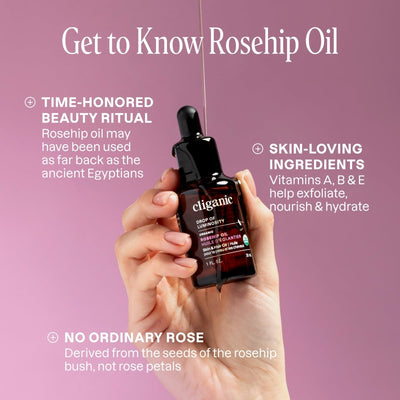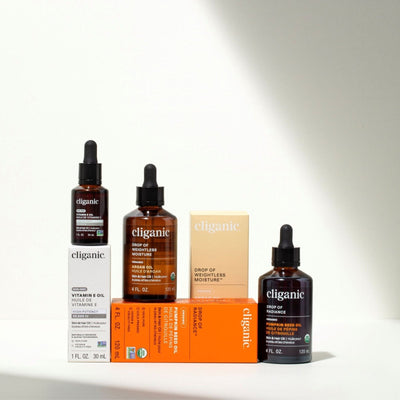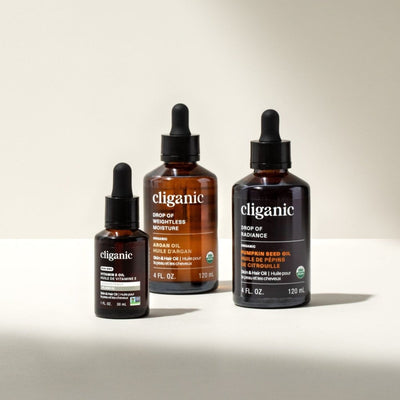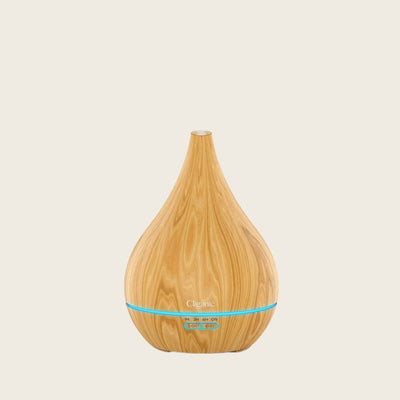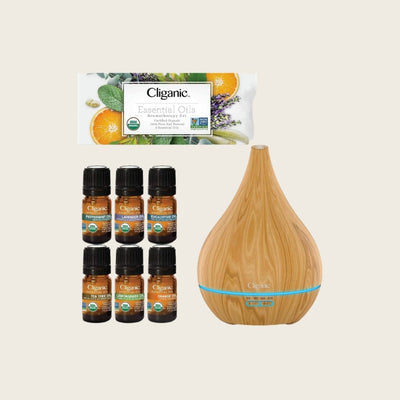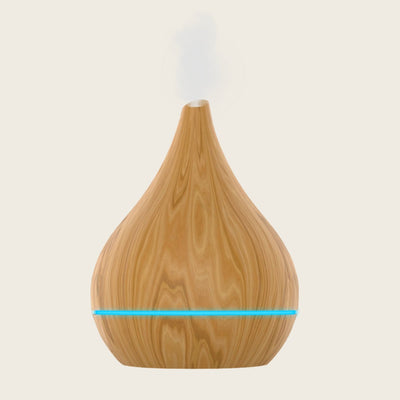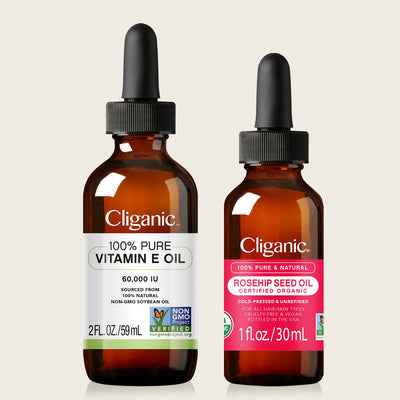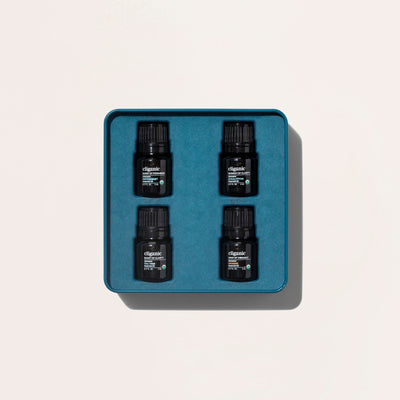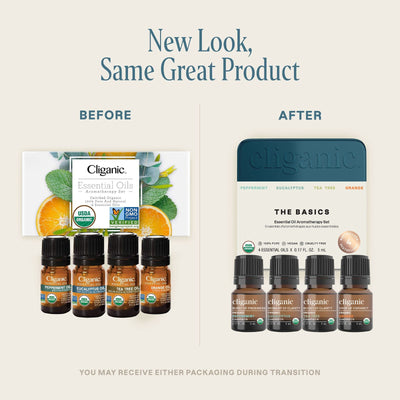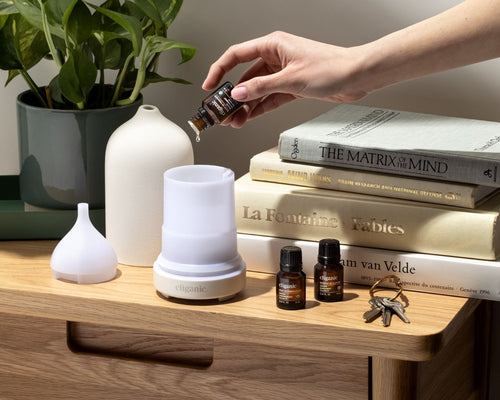12 Nov 2025
The Science of Natural Lip Balm: Ingredients That Really Work

Cold winds, office air conditioning, or long hours in the sun can all have the same effect: dry, tight lips that need a little comfort. We reach for a balm almost automatically, but few of us stop to ask, “What makes it work?” Why do some formulas soften instantly and others fade before you even step out the door?
This guide unpacks what “natural” really entails when it comes to lip balm, how each ingredient plays a role, and how to create a simple, lasting routine for everyday comfort. You will also learn how to read a label with confidence, so the next time you reach for your natural lip balm, you will know precisely what is inside and how it helps.
Why Natural Formulas Work: The Three-Part Framework
A good lip balm is a small but balanced system. Each ingredient group has a job, and together they protect, smooth, and moisturize.
-
Occlusives and Protectants: These are the natural barriers, such as plant waxes and butters. They help keep moisture in and shield your lips from the dry air, wind, and cold.
-
Emollients: Lightweight oils glide across the lips, softening any roughness and adding that silky, cushioned feel you instantly notice when you apply the stick.
-
Humectants: Ingredients like glycerin draw water toward the surface, keeping lips comfortable and smooth when paired with occlusives.
Cliganic’s approach to formulation is ingredient transparency. Each balm is plant-based, third-party tested, and crafted to be as safe and simple as possible. Comfort starts with clarity, not mystery.
Ingredient Decoder: What To Look For (and Why It Matters)
When you pick up a balm, what truly matters is the balance. Here is how to understand what each ingredient adds.
-
Plant Oils and Butters: Jojoba, argan, and shea oils bring texture and strength. Jojoba mimics skin’s natural oils, argan adds a soft shine, and shea butter helps the balm stay on longer.
-
Waxes: Beeswax, carnauba, and candelilla create a thin layer that locks in moisture without feeling heavy or sticky.
-
Support Actives: Vitamin E and antioxidants help stabilize the product, allowing it to glide smoothly over the lips.
-
Flavor and Fragrance Notes: Choose mild options, especially if your lips are sensitive. Always patch test before use.
-
Label Reading Tips: Ingredients are listed in order of quantity, so the first item listed is the most important. Look for USDA Organic labeling per product and the “third-party tested” note that confirms quality and purity.
When choosing an organic lip balm, opt for one that lists recognizable, plant-based ingredients with no unnecessary fillers. The fewer the ingredients, the better you can trust what you are applying.

What To Skip (Or Use Sparingly)
Sometimes, less is truly more. A few products might feel smooth at first, but can irritate over time.
-
Over-fragranced sticks may irritate your lips if you have sensitive skin.
-
Gloss-like formulas with minimal protection, which can feel good indoors but offer little protection in wind or cold.
-
Too much exfoliation. Scrubbing too often can remove natural oils and reduce comfort.
If your lips ever sting, tighten, or feel dry after applying a balm, take a break from using it. Switch to something simpler and let them heal.
Build Your Routine: Day, Night, and Outside Days
Your lip balm routine doesn’t have to be complicated. A few mindful habits can keep lips soft and balanced throughout the day.
-
Day (desk or commute): Apply a thin layer for comfort. Reapply after eating or drinking.
-
Night (recovery): Use a richer texture. Focus on dry corners and the cupid’s bow before bed.
-
Outside Days (wind or sun): Go for a balm with more wax or butter before heading out. Reapply after being in the sun or drinking water.
Hydration starts from within, too, so drink enough water and add a touch of humidity to your space whenever possible.
Compare by Goal: Slip, Cushion, or Shield
Here is a quick guide to help you pick your match.
-
Everyday Slip (office or AC hours): Lighter oils with a balanced wax base that feels smooth under a mask or lipstick.
-
Cushion and Comfort (night): Butters and oils that feel nurturing and full. Wake up to lips that look and feel softer.
-
Shield (outdoor errands): Stronger wax structure that stands up to wind and cold. Reapply after a drink or snack.
Choosing the right stick is about your environment, not just your taste.
How To Test and Apply (So It Actually Works)
Technique matters as much as the formula.
-
Start with a thin layer. Warm the stick slightly with your fingers if it feels firm.
-
Press gently, rather than rubbing back and forth.
-
Reapply when your lips start to feel less comfortable, not by the clock.
-
Perform a patch test if you have sensitive skin.
-
Keep your balm tightly closed and away from heat. Replace it if the texture or scent changes.
A good balm routine is a quiet act of care. Consistency always shows.

FAQs
Why do some balms feel slick but do not last?
That usually means there is more oil than wax. It glides beautifully but offers less protection. Use these indoors or for short periods.
Can I layer balm under lipstick?
Yes. Apply once, blot, then add color. It keeps your lips smooth without changing the shade.
Do I need a scrub?
Once in a while, gently. Overdoing it removes natural oils and reduces comfort.
How often should I reapply?
As needed. Your lips tell you when to reapply, not the clock.
Choose Soft Lips, Choose Cliganic
Soft, healthy lips come from balance, not just effort. A thoughtful lip balm and a simple habit can keep them comfortable all day.
Choose a balm that suits your rhythm, keep one in your bag and another by your bedside, and adjust it with the seasons.
Explore Cliganic’s organic lip balm sticks and sets and find the one that feels made for you.



